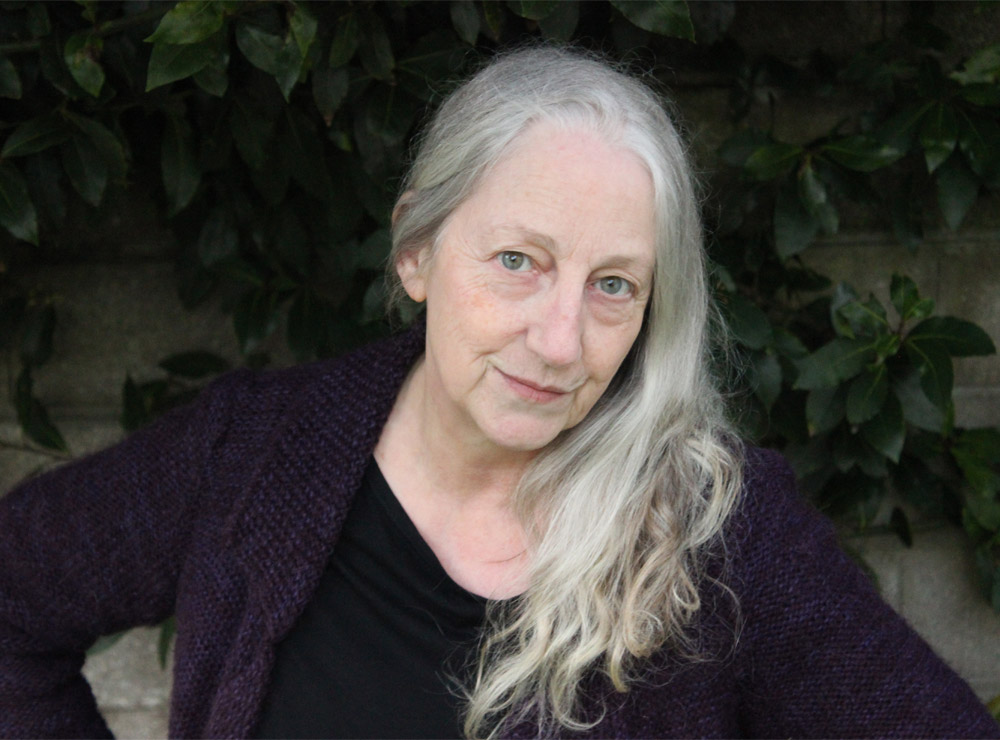Related Writers
Literature organisations
Discover more
Connections

Commissions
The Books of the Dead
By Ros Barber

Beyond the page
Digital Literatures: What Comes Next?
Ceri Gorton discusses trends firing the imagination of literature lovers

Commissions
Walk
By Glenn Patterson

Literature, Live
Ark
Injecting more liveness and literature into ‘live literature’



